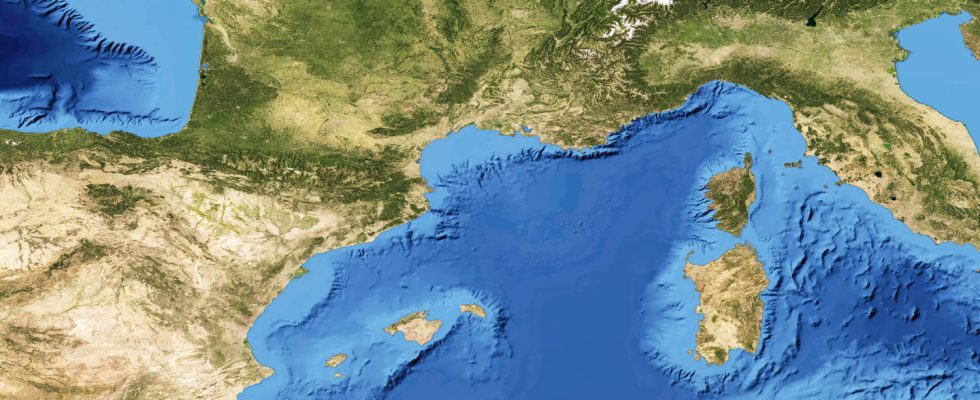The risk of tsunami has increased considerably in the Mediterranean according to experts and directly concerns certain French territories.
If natural disasters are phenomena that are entirely part of the cycle of nature, global warming caused by human activity can increase their frequency and intensity. Among these disasters, tsunamis in particular could intensify in the years to come. And one area is particularly exposed: the Mediterranean.
The risk could indeed get closer to the French coasts. The Mediterranean coast has already been affected in the past, with tsunamis off the coast of Greece, Portugal and Algeria. According to tsunami scientists, “where there has been a tsunami, there will be others” even if the previous tsunami took place centuries before.
In an interview with Release, the tsunami specialist at UNESCO, Bernardo Aliaga, recalls that the risk of tsunami in the Mediterranean is not recent and has not disappeared. “One of them occurred in Crete in 365 and caused a lot of damage at the time,” he explains, adding that “Mediterranean tsunamis represent 10% of the total tsunamis” in the world.
And the urgency is growing. Bernardo Aliaga explains that global warming “causes sea levels to rise and (that) the power of tsunamis can thus be increased tenfold.” The United Nations Educational, Scientific and Cultural Organization (UNESCO) also recalled in 2022 in a report that the risk of a tsunami hitting the Mediterranean coasts “over the next thirty years” amounts to “100% chance”. It is therefore a certainty: there will soon be a tsunami.
On the Côte d’Azur, on October 16, 1979, a tidal wave had already hit the city of Nice and caused a serious landslide causing around ten deaths. Mr. Aliaga indicates that the 1979 tsunami even “flooded the airport” of the city and that Nice is still “very exposed”. The cities of Cannes and Marseille are also located in an area where the risk is high. The specialist indicates that the prefectures of these cities “are alerted to the risks” and “are developing protocols with updated maps of flood and evacuation zones with the idea of escaping the tsunami as quickly as possible and indicate by what means”.
On January 19, the prefecture of several departments organized a tsunami alert exercise. In the morning, all the inhabitants of the Pyrénées-Orientales, Aude, Hérault, Gard, Bouches-du-Rhône, Var, Alpes-Maritimes and Corsica had received a message warning of a tsunami on their phone. The aim of the exercise was to test the proper functioning of the alert system and to raise awareness among the population of such a risk.
